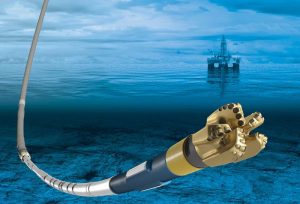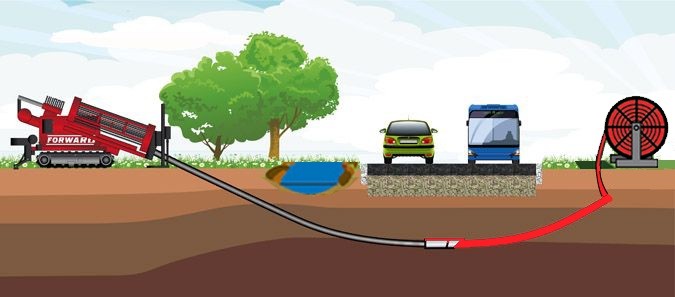Future Trends in Directional Drilling
Directional drilling has been instrumental in unlocking previously inaccessible reserves and maximizing resource recovery in the oil and gas industry. As technology continues to evolve, the future of directional drilling holds immense promise. In this comprehensive guide, we’ll explore the emerging trends and innovations shaping the future of directional drilling, from advanced drilling techniques to cutting-edge technologies.
The Evolution of Directional Drilling
Directional drilling has come a long way since its inception, with significant advancements in equipment, techniques, and software. What began as a method to access reserves beyond the reach of vertical wells has evolved into a sophisticated process capable of navigating complex geological formations with pinpoint accuracy.
Automation and Robotics
One of the most significant trends in directional drilling is the increasing use of automation and robotics. Automated drilling systems equipped with advanced sensors and artificial intelligence can optimize drilling parameters in real-time, improving efficiency and accuracy. Robotics technology is also being utilized for downhole operations, such as casing drilling and wellbore cleanout, reducing the need for human intervention and enhancing safety.

Enhanced Data Analytics
Another key trend in directional drilling is the use of enhanced data analytics to optimize drilling operations. Real-time data collection and analysis enable operators to make informed decisions and adjust drilling parameters accordingly. By leveraging big data and machine learning algorithms, operators can predict subsurface conditions, identify potential drilling challenges, and optimize well placement for maximum efficiency.
Integration of Digital Twin Technology
Digital twin technology is poised to revolutionize directional drilling by creating virtual replicas of drilling assets and simulating drilling operations in a controlled environment. Digital twins enable operators to model various scenarios, analyze potential risks, and optimize well trajectories before drilling begins. By integrating real-time data from the field with digital twin models, operators can improve decision-making processes and minimize uncertainties.
Advanced Drilling Techniques
Emerging drilling techniques are pushing the boundaries of directional drilling capabilities. From extended reach drilling to multilateral drilling, operators are exploring new methods to access reserves more efficiently and economically. Horizontal drilling, in particular, continues to be a game-changer, allowing operators to maximize reservoir contact and enhance production rates in unconventional reservoirs.
Drilling in Extreme Environments
As the industry continues to explore new frontiers, directional drilling in extreme environments presents both challenges and opportunities. From deepwater drilling to arctic exploration, operators are developing innovative techniques and technologies to overcome harsh conditions and access untapped reserves. Advanced materials, downhole tools, and drilling fluids designed for extreme environments are enabling operators to push the boundaries of what is possible in directional drilling.
Environmental Sustainability
Environmental sustainability is an increasingly important consideration in directional drilling operations. Operators are adopting eco-friendly drilling practices, such as closed-loop drilling systems and biodegradable drilling fluids, to minimize environmental impact. Additionally, directional drilling techniques that reduce surface footprint and disturbance are being prioritized to protect sensitive ecosystems and minimize habitat disruption.
Carbon Capture and Storage (CCS)
Directional drilling is playing a crucial role in carbon capture and storage (CCS) initiatives aimed at reducing greenhouse gas emissions. By drilling injection wells for CO2 storage and monitoring wellbores for leakage, directional drilling technology is helping to mitigate climate change and transition towards a low-carbon future. As CCS projects continue to expand, directional drilling will play an increasingly vital role in supporting these efforts.
Conclusion
The future of directional drilling is bright, with emerging trends and technologies driving innovation and efficiency in the oil and gas industry. From automation and data analytics to advanced drilling techniques and environmental sustainability, operators are poised to unlock new reserves and overcome new challenges. As the industry continues to evolve, directional drilling will remain a cornerstone of resource development, enabling operators to access reserves safely, efficiently, and sustainably.

